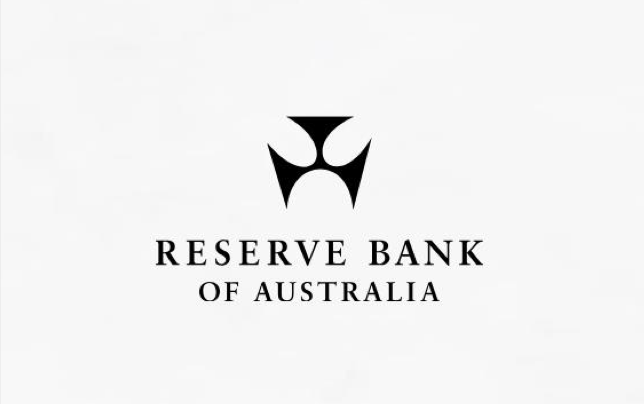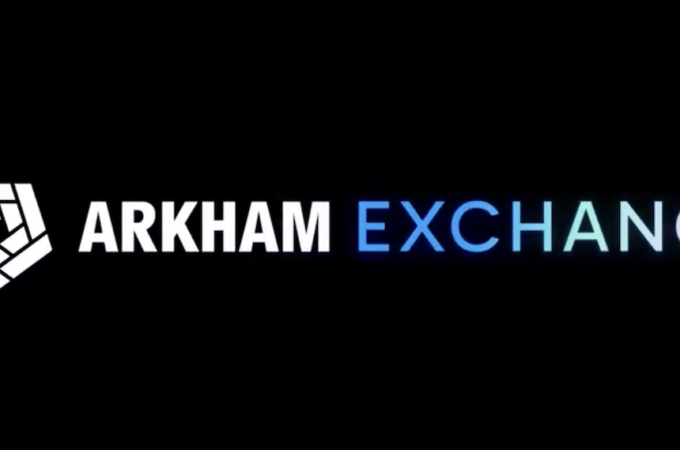
Industry Convergence In Financial Services Is Accelerating
TECHCRUNCH: These days everyone wants to create the next Uber for anything, and the word “disruption” is mentioned across boardrooms and management meetings in nearly all industries. But while discussing the true meaning of disruption and which fintech startups are worth keeping an eye on, incumbents are at risk of overlooking players that once were customers and partners that can quickly become new digital competitors.
Large retailers are launching their own consumer banks, payment services and credit cards based on customer data, brand loyalty and capital reserves in mature markets. At the same time, telecom operators are targeting the “underbanked” segments in developing countries through mobile banking. This makes perfect sense since one of the missions inside the fintech revolution is financial inclusion.
In the developing world only 41 percent have a bank account, but of the 2.5 billion people who have no access to a traditional bank, 1 billion have cell phones.
One of the most notable successes is the mobile-based money transfer and micro financing service, M-Pesa by Vodaphone and Safaricom. With 18 million customers and more than 80 000 agent outlets, M-Pesa has altered the landscape of financial services in Kenya, and is expanding rapidly in Tanzania. Since the funds are held by a trust deposited in several commercial banks, M-Pesa receives a lighter regulatory treatment than full banks, which allows a more agile business model than incumbents.
Telenor Group is another telecom operator that is getting heavily involved in financial services in developing economies. As one of the largest telecom operators in Pakistan, Telenor has also grown its money transfer service, Easypaisa to 13 million customers and reports that financial services account for 9 percent of Telenor’s total revenue in Pakistan.
Telenor also shows that telecom convergence in financial services should not be limited to mobile payments by offering mobile-based life insurance through a partnership with MicroEnsure across Asia. Chinese mobile operator Zong is also targeting the growing Pakistani insurance market by delivering accidental insurance in collaboration with AdamjeeLife Assurance Company.
The common denominator for all these initiatives is that they are done in collaboration with financial institutions, but convergence is a gradual process and Telenor has taken the next step by establishing a full-scale bank in Serbia through the acquisition of KBC Banka in 2013 together with Société Générale.
While Société Générale acquired the traditional brick-and-mortar customers, Telenor utilized the banking license and created a web- and mobile-based bank that has 50,000 account openings within the first six months of operation. Telenor states in an interview that they are in it to learn, and it is obvious that the eagerness to learn is out of commercial, not academic interest.
Since Starbucks is built on the existing stored value solution, the $4 billion worth of deposits in 2014 alone effectively makes Starbucks a savings bank with 13 million customers and without having to file for a banking license.
I have previously written how Alibaba consolidated all its financial services to a full-scale bank under the brand Ant Financial, showing the potential for large retailers to make the transition into banking and easily challenge both incumbents as well as disruptive fintech startups.
Walmart is another retailer with ambitions in financial services and acknowledges that developing economies aren’t the only ones with a large portion of the population being underbanked. It aims to offer low-cost checking accounts and online banking to 24.8 million underbanked Americans.
As the landscape for financial services changes, retail banking services are at risk of becoming commodities, and these services can just as well be offered by your local retailer or telecom operator.
When facing industry convergence, industry-centric strategic thinking has its obvious limitations, and most of our frameworks for strategy development in incumbent industries have been around since the seventies and eighties. But already back in 1978 Isaac Asimov wrote: It is change, continuing change, inevitable change that is the dominant factor in society today. No sensible decision can be made any longer without taking into account not only the world as it is, but the world as it will be.
In order to stay relevant in the future of financial services it is futile to look at traditional industry definitions. Conventional value chains will become obsolete, and new ecosystem will arise. The future belongs to those with the ability to think outside existing boundaries to stay ahead of the curve.





